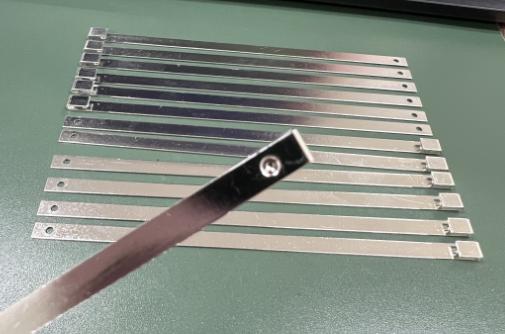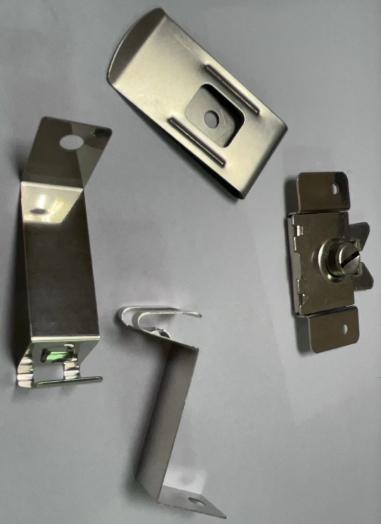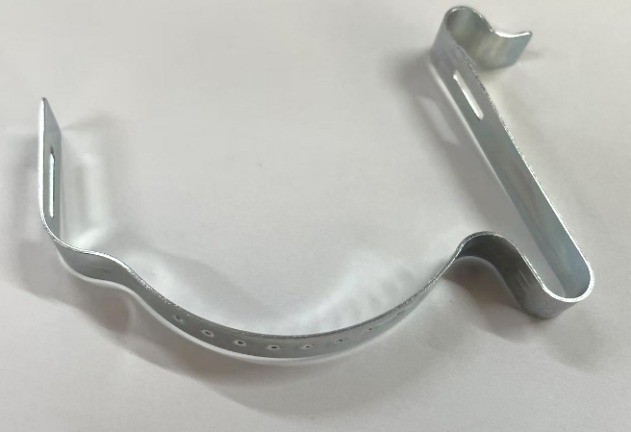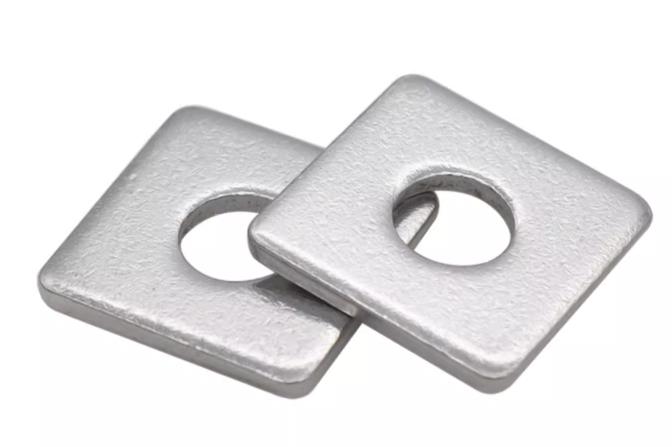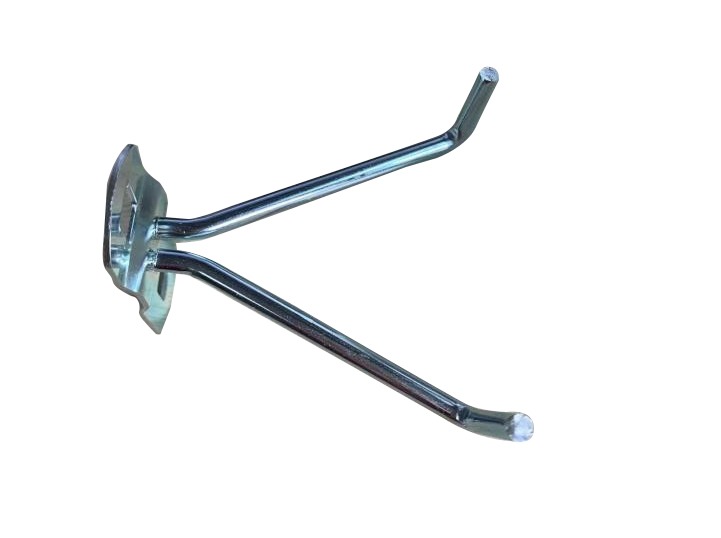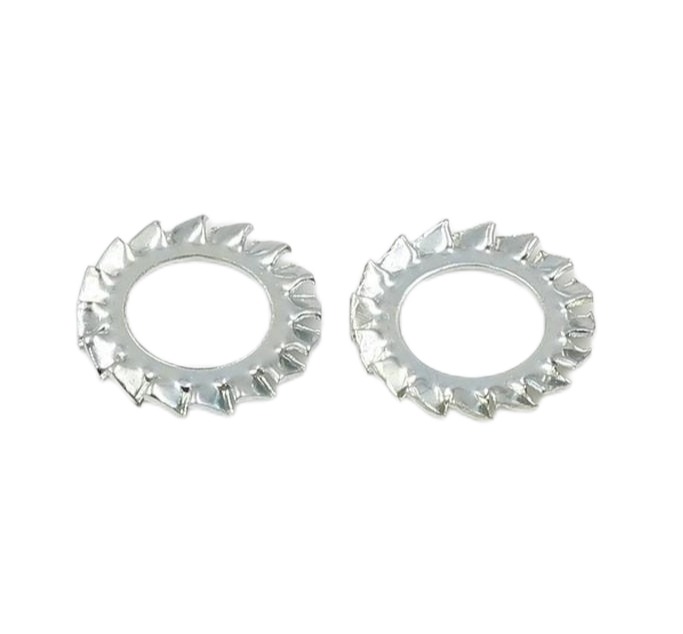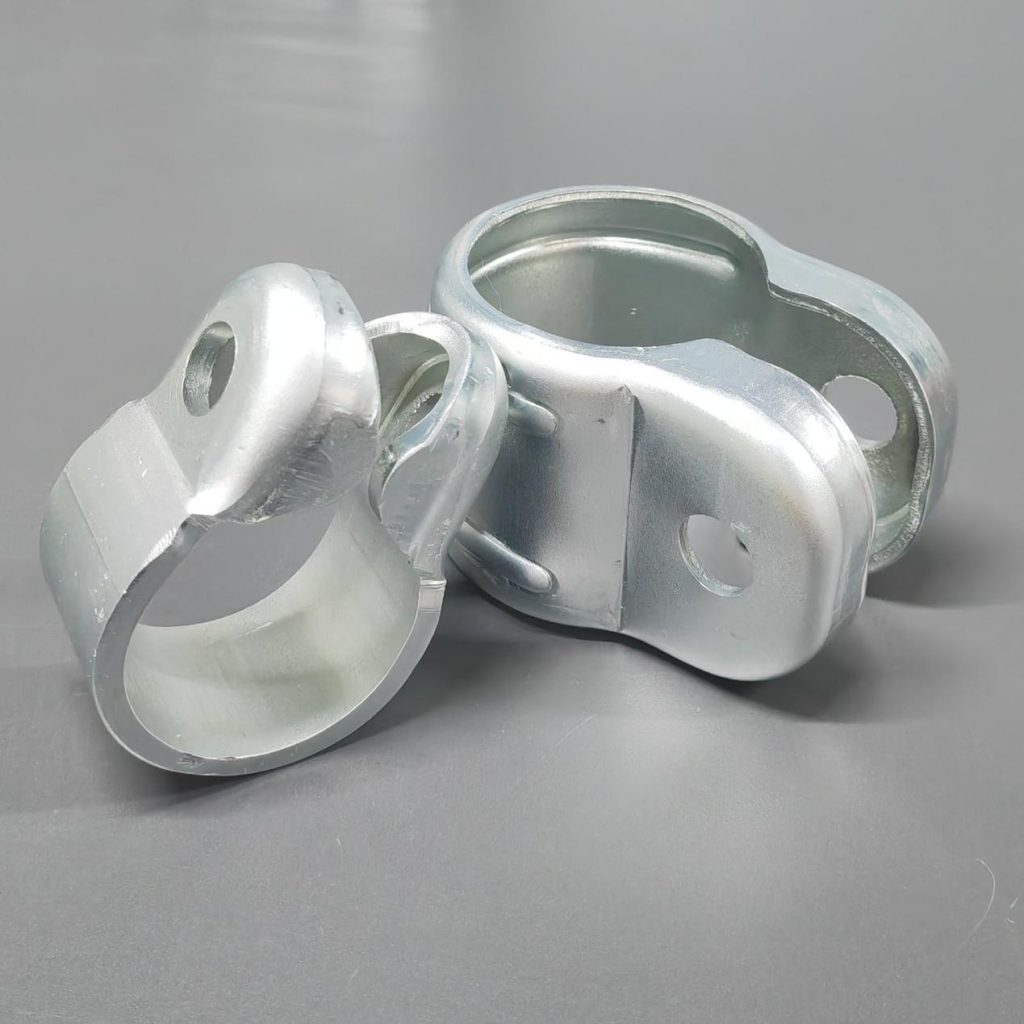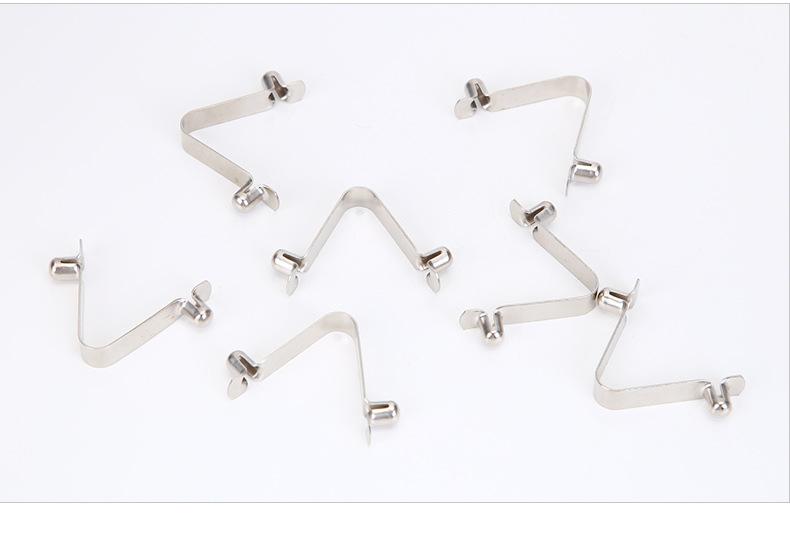Techniques for Producing Metal Stamping Parts With Complex Geometries and Intricate Features
Metal stamping is used in a variety of industries, including automotive and electronics, to produce parts with complicated geometries, tight tolerances, and detailed details. Precision and accuracy in metal stamping require a combination of advanced techniques, professional craftsmanship, and cutting-edge technology. In this article, we will explore some of the key techniques employed in producing metal stamping parts with complex geometries and demanding specifications.
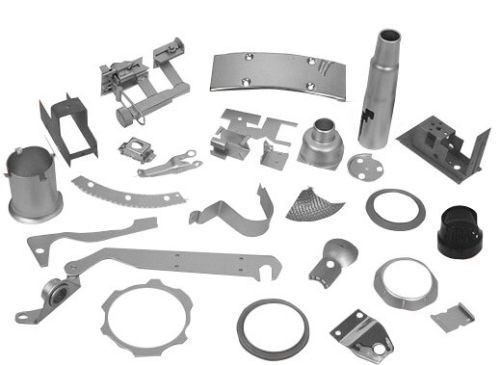
Advanced Tooling Design for Producing Metal Stamping Parts
| Aspect | Description |
| Definition | Advanced tooling design refers to the creation of sophisticated dies and molds used in metal stamping processes to achieve complex shapes, tight tolerances, and intricate features. |
| Purpose | To enable the precise replication of part geometries and features in stamped metal components. |
| Software Tools | Utilizes advanced computer-aided design (CAD) software with features such as parametric modeling, finite element analysis (FEA), and simulation capabilities. |
| Design Considerations | Considers factors such as material flow, part geometry, forming forces, springback, and tooling durability to optimize tool designs for performance and reliability. |
| Complexity | Can range from simple single-stage dies to complex multi-stage dies (e.g., compound dies, progressive dies) capable of performing multiple operations in a single stamping cycle. |
| Material Selection | Involves choosing the appropriate die material (e.g., tool steel, carbide) based on factors such as hardness, wear resistance, and thermal conductivity to ensure longevity and performance. |
| Cooling Systems | Incorporates cooling channels or systems within the die to regulate temperature and prevent overheating, which can affect part quality and tool life. |
| Lubrication | Implements lubrication systems or coatings to reduce friction and wear between the die and the workpiece, improving material flow and surface finish. |
| Prototyping | Often involves rapid prototyping or tooling trial runs to validate die designs, optimize process parameters, and ensure the manufacturability of stamped parts. |
| Cost Considerations | Balances the upfront costs of tooling design and fabrication with long-term benefits such as increased productivity, reduced scrap rates, and improved part quality. |
Progressive Die Stamping Process in Metal Stamping Parts Production
| Aspect | Description |
| Definition | Progressive die stamping is a metal forming process where a coil of metal is fed through multiple stations within a single die, performing multiple operations to produce a finished part. |
| Process | Involves feeding a continuous strip of metal through a series of dies, each performing a specific operation such as blanking, piercing, forming, bending, and trimming. |
| Operation Sequence | Operations are performed progressively as the metal strip advances through the die, with each station adding a new feature or shaping the part further until the final part is produced. |
| Efficiency | Offers high production efficiency and repeatability by performing multiple operations in a single stamping cycle, reducing material handling and setup times. |
| Complex Part Production | Ideal for producing parts with multiple features, intricate geometries, and tight tolerances in a cost-effective and efficient manner. |
| Material Utilization | Ideal for producing parts with multiple features, intricate geometries, and tight tolerances cost-effectively and efficiently. |
| Tooling Design | Requires precision tooling with multiple stages, including punches, dies, and inserts, designed to perform specific operations at each station in the progressive die. |
| Cost Effectiveness | Provides cost savings over traditional stamping methods for high-volume production runs due to reduced labor, setup, and secondary operations. |
| Quality Control | Ensures consistent part quality through tight process control, including monitoring of tooling wear, material feed, and dimensional accuracy throughout the stamping process. |
| Applications | Widely used in automotive, electronics, appliances, and consumer goods industries for producing components such as brackets, clips, connectors, and terminals. |
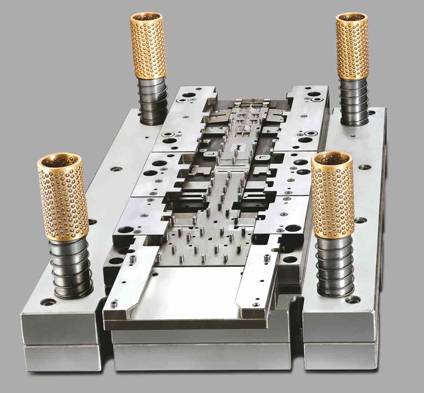
Precision Control Systems for Producing Metal Stamping Parts
Metal stamping requires tight tolerances and exact dimensions, particularly for parts used in demanding applications such as aerospace and medical devices. Precision control systems integrated into stamping presses allow for real-time monitoring and adjustment of critical parameters such as tonnage, speed, and tool alignment. Closed-loop feedback systems ensure that part quality remains consistent by automatically adjusting for differences in material qualities, tool wear, and ambient variables. Manufacturers can achieve outstanding accuracy and reproducibility while creating complex parts by tightly controlling the stamping process.
Micro Stamping Technique in Metal Stamping Parts Production
| Aspect | Description |
| Definition | Micro stamping is a specialized metal stamping technique used to produce small-scale parts with intricate features and tight tolerances. |
| Application | Commonly employed in industries such as electronics, medical devices, and aerospace for the production of miniature components. |
| Part Size | Parts produced through micro stamping typically have dimensions on the micron scale (e.g., <1 mm). |
| Feature Size | Capable of creating ultra-fine features and microstructures with dimensions as small as a few microns. |
| Material | Utilizes a wide range of materials including metals (e.g., stainless steel, titanium, aluminum), alloys, and specialty materials. |
| Tooling | Requires miniature tooling and high-precision dies designed specifically for handling small-scale components. |
| Forming Techniques | Employs advanced forming techniques such as micro blanking, micro deep drawing, and micro embossing to shape the material with precision. |
| Equipment | Utilizes specialized stamping presses equipped with high-resolution controls and micron-level accuracy for precise part production. |
| Challenges | Offers unparalleled precision, repeatability, and efficiency for applications requiring miniaturization and high performance. |
| Advantages | Offers unparalleled precision, repeatability, and efficiency for applications requiring miniaturization and high-performance. |

Material Selection and Forming Techniques in Metal Stamping Parts Production
The choice of material plays a crucial role in achieving complex shapes and tight tolerances in metal stamping. Different metals exhibit varying formability, springback behavior, and surface finish characteristics, influencing the stamping process and final part quality. Advanced high-strength steels, aluminum alloys, and exotic metals offer superior mechanical properties and corrosion resistance, making them suitable for demanding applications. Forming techniques such as deep drawing, hydroforming, and hot stamping enable the production of intricate shapes and contours with minimal material distortion and spring back. By selecting the right combination of material and forming technique, manufacturers can optimize part performance and durability while meeting stringent design requirements.
Surface Treatment and Finishing Techniques for Producing Metal Stamping Parts
| Aspect | Description |
| Purpose | Surface treatment and finishing processes are employed to enhance the appearance, functionality, and durability of stamped metal parts. |
| Surface Preparation | Involves cleaning the surface of stamped parts to remove contaminants, scale, and oxides that may affect adhesion and finish quality. |
| Surface Treatment Methods | Various methods such as chemical conversion coatings, electroplating, anodizing, and physical vapor deposition (PVD) are used to modify the surface properties of stamped parts. |
| Corrosion Protection | Surface treatments such as zinc plating, chromate conversion coating, and electroless nickel plating provide corrosion resistance and extend the lifespan of stamped components. |
| Surface Coatings | Coatings such as paint, powder coat, and epoxy are applied to stamped parts to enhance aesthetics, provide color options, and improve resistance to abrasion and environmental factors. |
| Lubrication | Lubricants or anti-friction coatings are applied to stamped parts to reduce friction, wear, and galling during assembly or operation. |
| Surface Finish | Techniques such as polishing, buffing, and abrasive blasting are used to achieve desired surface finishes ranging from smooth and reflective to textured and matte. |
| Deburring | Deburring processes remove sharp edges, burrs, and imperfections from stamped parts, improving safety, functionality, and aesthetics. |
| Inspection and Quality Control | Stamped parts undergo rigorous inspection to ensure compliance with surface finish specifications, dimensional tolerances, and overall quality standards. |
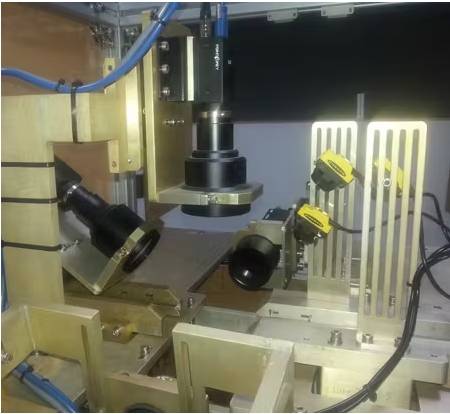
Continuous Improvement and Innovation in Metal Stamping Parts Production
Continuous improvement and innovation are critical in the continually expanding area of metal stamping to remain competitive. Manufacturers invest in R&D efforts to investigate novel materials, procedures, and technologies that can improve the capabilities and efficiency of metal stamping operations. Collaborations with suppliers, customers, and research institutes enable the sharing of knowledge and skills, resulting in advances in tool design, process optimization, and quality control.
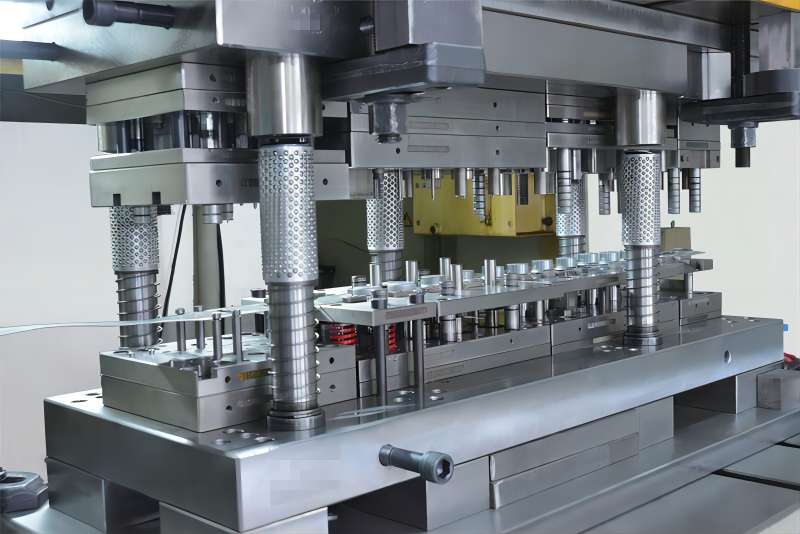
Conclusion
Achieving complex shapes, tight tolerances, and intricate features in metal stamping parts requires a combination of advanced techniques, precision machinery, and meticulous attention to detail. Manufacturers may produce high-quality stamped components that satisfy demanding requirements of modern industries by employing cutting-edge technology, materials science, and continuous improvement initiatives.

